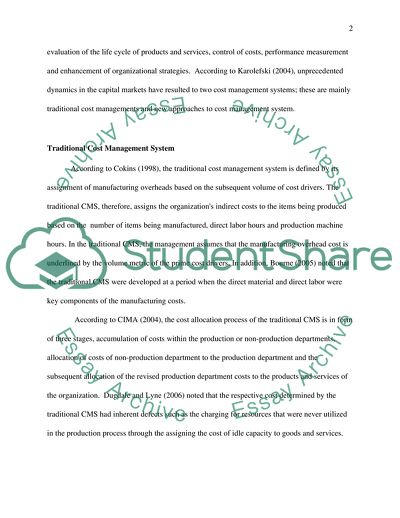Cite this document
(Nba Essay Example | Topics and Well Written Essays - 2500 words, n.d.)
Nba Essay Example | Topics and Well Written Essays - 2500 words. https://studentshare.org/management/1853283-nba
Nba Essay Example | Topics and Well Written Essays - 2500 words. https://studentshare.org/management/1853283-nba
(Nba Essay Example | Topics and Well Written Essays - 2500 Words)
Nba Essay Example | Topics and Well Written Essays - 2500 Words. https://studentshare.org/management/1853283-nba.
Nba Essay Example | Topics and Well Written Essays - 2500 Words. https://studentshare.org/management/1853283-nba.
“Nba Essay Example | Topics and Well Written Essays - 2500 Words”. https://studentshare.org/management/1853283-nba.


